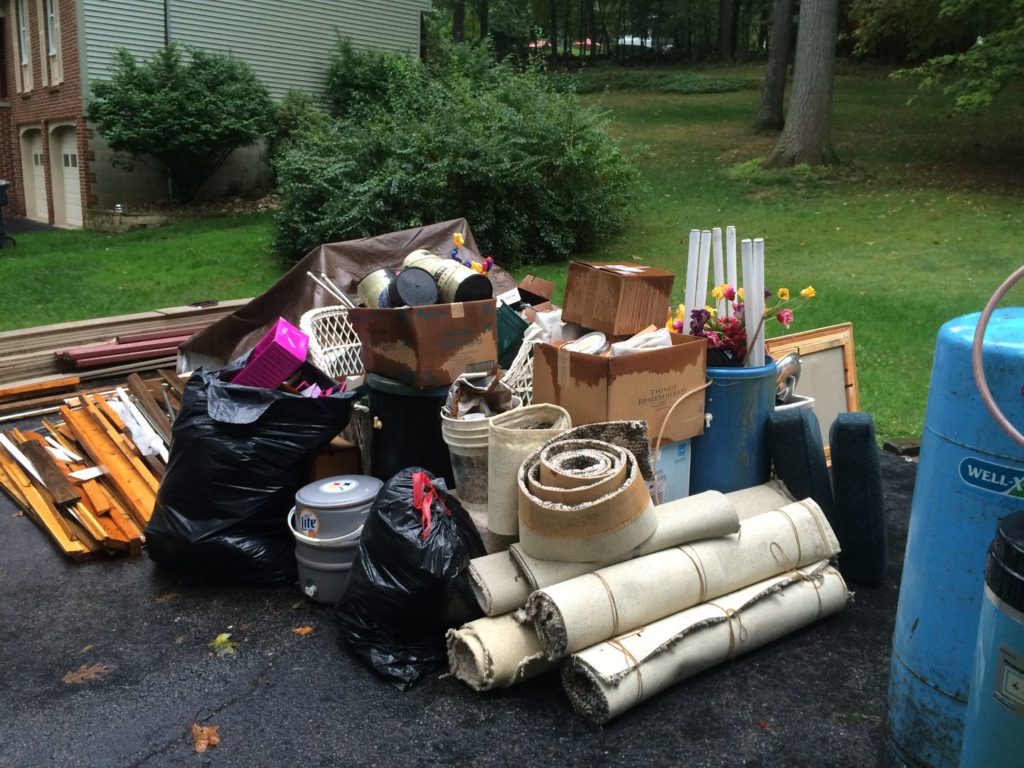Understanding Yard Waste Collection Schedules
Understanding Yard Waste Collection Schedules
Blog Article

Yard waste collection plays a crucial role in maintaining community cleanliness and promoting environmental sustainability. As homeowners and gardeners tend to their landscapes, they generate organic materials such as grass clippings, leaves, branches, and other plant debris. Properly disposing of this yard waste not only helps keep neighborhoods tidy but also reduces landfill waste and supports composting initiatives. Understanding the logistics of yard waste collection, including local schedules and preparation guidelines, can empower residents to engage in responsible waste management practices.
Understanding Yard Waste Collection Schedules
One of the first steps in effectively managing yard waste is to familiarize yourself with the collection schedules established by local municipalities. Most communities offer specific days for yard waste collection, which may differ from regular trash and recycling pickups. To find the collection dates for your neighborhood, you can visit your local government’s website or contact your waste management department directly. Many municipalities provide detailed calendars or interactive maps that outline when yard waste will be collected in various areas. Staying informed about these schedules ensures that you can dispose of your yard waste efficiently and in accordance with local regulations.
Guidelines for Preparing Yard Waste for Collection
When preparing your yard waste for collection, it is essential to follow certain guidelines to ensure that your materials are accepted and processed correctly. Here are some key points to consider:
- Acceptable Materials: Yard waste typically includes leaves, grass clippings, small branches, and other organic plant materials. However, some communities may have specific restrictions regarding certain items, such as soil, rocks, or large tree limbs. Always check with your local waste management authority for a comprehensive list of acceptable materials.
- Packaging: Proper packaging of yard waste is vital for effective collection. Many municipalities require that yard waste be placed in biodegradable bags, bins, or containers that are clearly marked for yard waste. Avoid using plastic bags, as they are often not accepted. If using bins, ensure they are lightweight and easy for collection crews to handle.
- Preparation: To facilitate collection, make sure that your yard waste is cut into manageable sizes. For branches, a length of around three feet is usually acceptable. Additionally, keep your yard waste separated from regular trash and recycling to prevent contamination.
Local Services for Yard Waste Disposal
In addition to regular yard waste collection services, many communities offer additional resources for yard waste disposal. These services may include drop-off centers where residents can take their yard waste directly for processing or composting. Some municipalities even host seasonal yard waste recycling events that allow residents to bring their organic materials for free disposal. Exploring local services can provide more convenient options and encourage environmentally friendly practices, such as composting or mulching. You can find additional information about these services by visiting your local waste management department’s website or contacting them directly.
Engaging with yard waste collection services is vital for the health of your community and the environment. By understanding collection schedules, adhering to preparation guidelines, and utilizing available local services, residents can play an active role in promoting sustainability and cleanliness. For more specific information about yard waste collection in your area and the services available, you can check resources like this link.
In conclusion, effectively managing yard waste is more than just a chore; it is a commitment to a cleaner and greener environment. By being informed and proactive, you can contribute to a healthier community while also taking pride in your landscape maintenance efforts.
Report this page